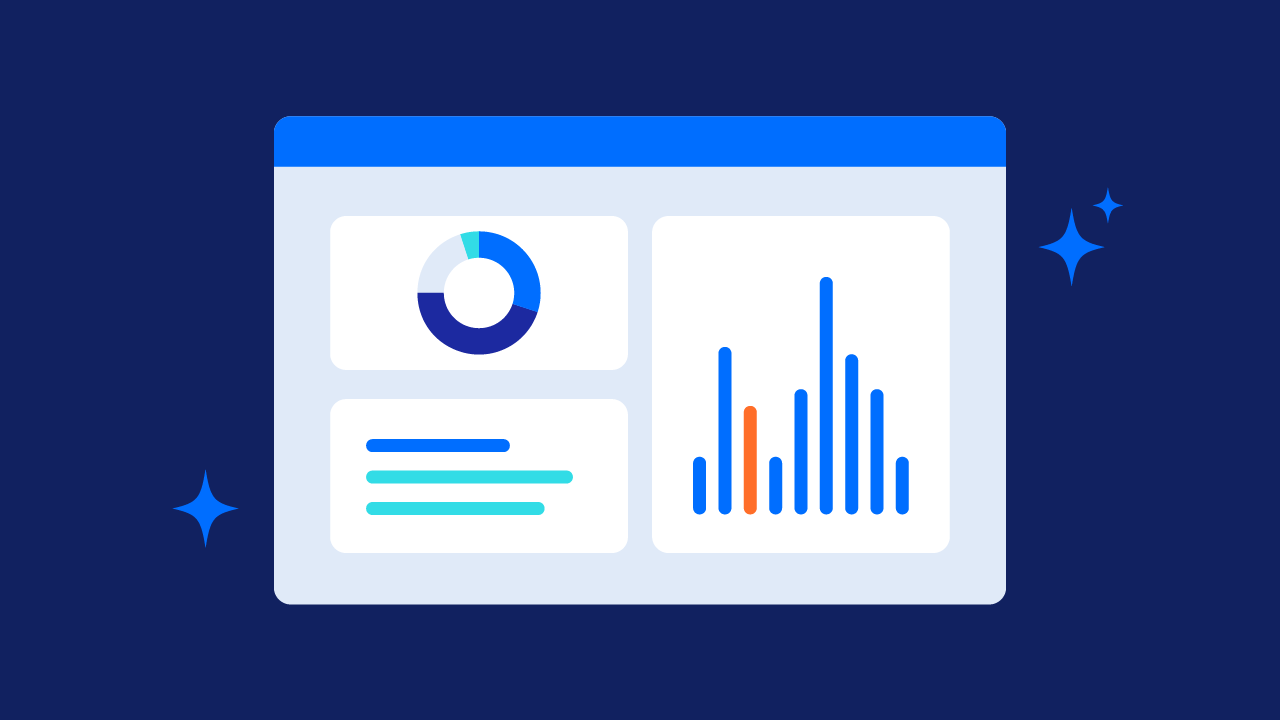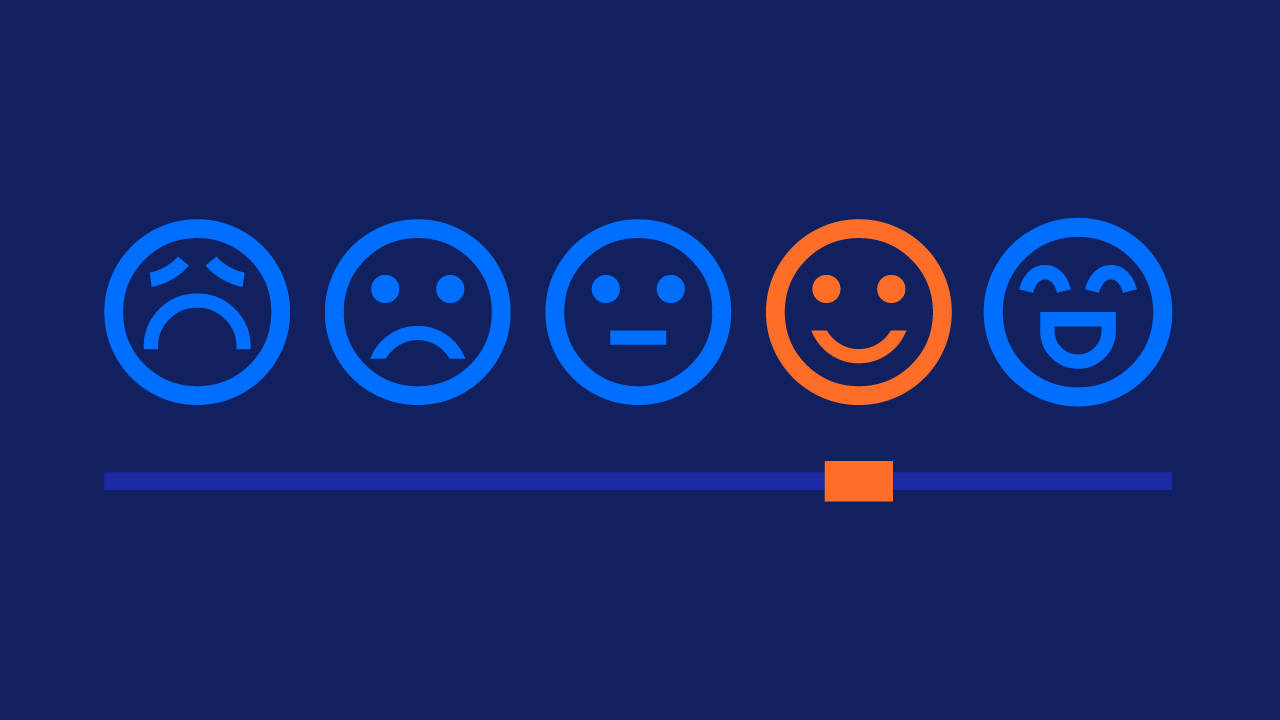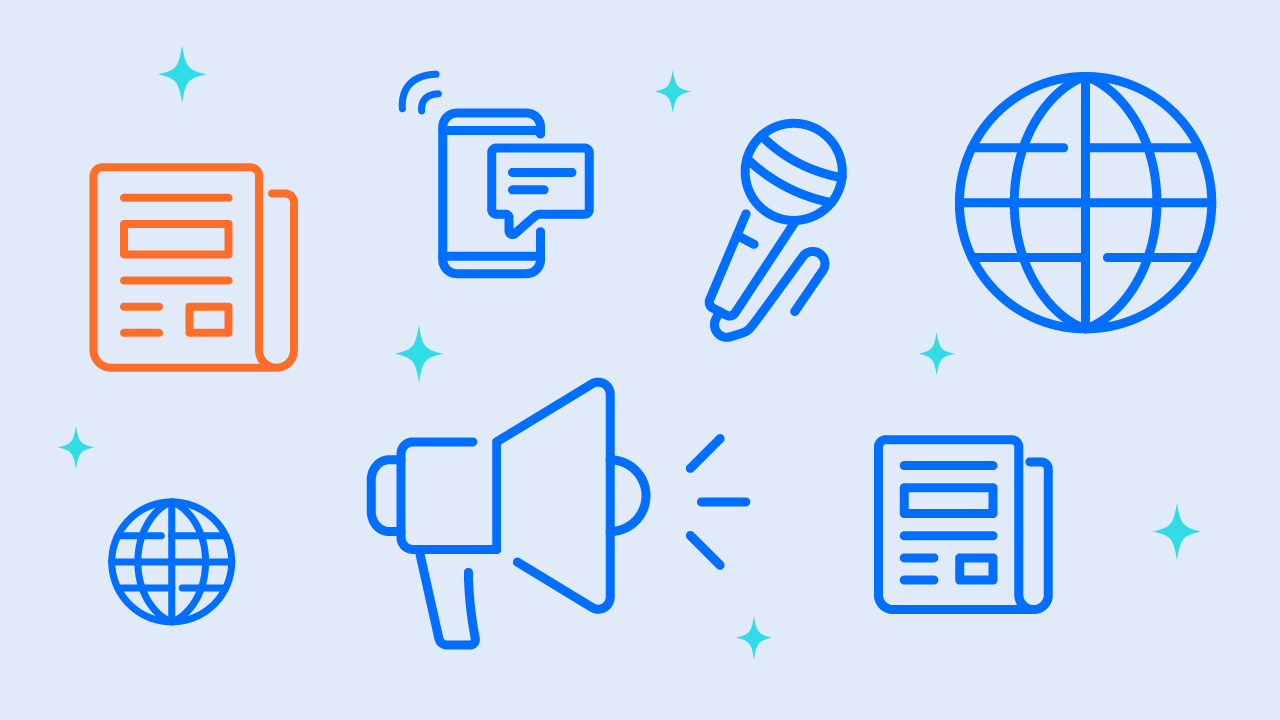We’ve all experienced the tremendous power of media in eliciting strong emotions. Whether it’s a heartwarming news story, a hilarious social media post, or an infuriating headline, media undeniably affects us. Even positive product reviews can instill trust and confidence. Today’s media landscape is a dynamic rollercoaster, filled with diverse viewpoints and fast-moving topics.
Today’s PR and comms professionals need reliable media analytics to navigate this rollercoaster. They need to know how people feel right now and be able to anticipate how they might feel in the future. They need real-time, actionable data so they can respond quickly and efficiently, no matter what twists and turns lie ahead. Luckily, today’s media analytics tools are more effective than ever.
What Is Media Analytics?
Media analytics is the process of collecting and interpreting data about your brand’s coverage in the media. The definition of media analytics typically includes shared media, which involves analyzing what people are saying about your brand on social channels (including influencer marketing conversations), and earned media, which analyzes coverage from organic, third-party sources, like news releases or online reviews.
While some of the key performance indicators (KPIs) are the same, the traditional definition of media analytics doesn’t usually include owned media (your own website, social channels and blogs) or paid media (your paid advertisements). That’s the main difference between marketing and media analytics: marketing analytics measures your overall marketing performance, which can include all channels, while media analytics measures the effectiveness of your PR and communications initiatives.
Examples of Media Analytics
Media analytics includes global coverage of your brand in the media – from print publications to podcasts, from niche blogs to national news shows. But what, exactly, do earned media analytics measure?
Share of Voice
Share of voice is often used as a metric for social media analytics, but it can also refer to the overall media landscape. It basically measures how much media coverage you’re getting compared to your competitors. The more mentions you have versus your competitors, the higher your share of voice. The percentage of share of voice is often reported by channel and shows all major brands in a specific industry.
Brand Sentiment
It’s nice to know if you have more brand mentions than your competitors, but if those mentions are negative, that’s probably not a good thing. Brand sentiment goes beyond mentions to help you determine the emotions behind the mentions. And Cision’s Stance tool goes even further, using artificial intelligence (AI) to examine the nuances in language and account for multiple opinions within the same mention. That gives you a deeper understanding of how your target audience feels about a particular area of your business.
Impressions
Impressions are a simple concept in media data analytics: This simply counts how many sets of eyes have seen your content so you know your reach and potential impact on brand awareness. Adding demographic data (age, gender, education level and geographic area) to impressions deepens understanding of your high-value audiences and can even help you discover new markets.
Engagement
When a person not only sees your content, but also takes an action – clicking, liking, sharing, commenting – that’s engagement. In short, impressions tell you who you’re reaching, but engagement tells you who cares. When someone is interested enough to engage with your brand, they just might be interested enough to make a purchase. This is where media analytics starts providing valuable information you can use to refine your campaigns and your overall media strategy.
Conversion
Gone are the days when it was impossible to track a customer conversion back to your earned media coverage. Advanced media analytics tools can help you attribute conversion metrics like purchases, demo signups, content downloads, page visits and more to your PR and comms campaigns.
Key Benefits of Media Analytics
So, why is media analytics important? Ultimately, it lets you create a smarter, better-informed media strategy. And that gives your business a number of benefits.
Crisis Management
In today’s fragmented media landscape, there are more channels and voices than ever, and the conversation is constantly evolving. Media analytics don’t just keep pace with that conversation. They can help you predict it – and get ahead of it. You can stay on top of emerging trends and identify harmful content, so you can quickly pivot your strategy and respond to potential crises before they have a chance to spread.
Audience Engagement
Media analytics isn’t just for negative content. It can give you a better picture of the overall narrative around your brand, including who’s reading your coverage, what’s resonating with them and what actions they’re taking to learn more. That helps you customize your content and messaging to better engage with your most valuable audiences– and earn your brand more positive visibility.
Optimized Media Campaigns
How do you stack up to your competitors? Are you reaching key industry benchmarks – and your own KPIs? Having reliable media analytics in place is key to refining and optimizing your campaigns, providing a granular understanding of what exactly is moving the needle, so you can do more of what works and less of what doesn’t. And it isn’t just about your customers. Analytics can tell you which publications, journalists and influencers are driving the most results, so you can build relationships with the right people.
Demonstrated Impact
Proving impact on the business’s bottom line is a top challenge for PR and comms professionals: In our 2023 Global Comms Report, 61% identified the “inability to measure impact effectively” as their top challenge. The right media analytics tools can change that, letting you tie your campaigns to real business outcomes like form fills or purchases on your website – and build your case for more resources.
How to Improve Your Media Data Analytics
You know why media analytics is essential for your brand. But not all analytics tools are created equal, especially in today’s AI-powered landscape. To get the biggest benefit, you need to be using the latest technology, which has these features.
More Data
You can’t analyze data you don’t have, which is why media analytics platforms are only as strong as the data sets they’re built on. The best ones go beyond social listening to analyze global, local and niche media and real-time mention streams, so you can discover the stories that impact your brand, as they happen. Cision provides global media monitoring across 196 countries in 69 languages and exclusive access to over 1,000 publications, resulting in a large, trusted and accurate data set.
Powerful Algorithms
Global business moves fast – and the media conversation moves even faster. To enable data-driven decision-making at the speed and scale global enterprises require, today’s most reliable media analytics tools are powered by robust, proprietary algorithms. Risk scoring, for example, uses natural language processing, a type of machine learning that allows it to analyze context in real-time to provide early warning about harmful narratives. Training these models on larger and more robust data sets, like Cision’s, results in even more powerful capabilities.
Real-Time Alerts
PR and comms professionals are ready for anything, at any time, and real-time alerts let you know just when you need to spring into action. There are many free tools that enable PR teams to set up alerts around their brands, industry, competitors or other topics; however, if you have it in your budget, you may consider partnering with a third-party vendor that offers the ability to create customized alerts that cut through the noise and enable you to respond quickly when needed.
Detailed Reporting
It’s no secret that brand value matters: Consumers spend 25% more money on trusted brands, and one in five spend 50% more. The ultimate goal of media analytics is to help PR and comms professionals connect their campaigns to that revenue. The best platforms have intuitive dashboards that surface critical insights and key metrics, compare your brand to competitors and prove that your campaigns affect business outcomes like revenue, growth and customer loyalty.
With all the new tools available today, it’s time for brands to consider investing in a better media analytics platform. Cision offers state-of-the-art solutions for global brands who want to improve their decision making, stay ahead of the news that matters most, optimize their campaigns and demonstrate the impact of PR and comms on their bottom line.
Discover how leading brands rely on Cision to strengthen their media analytics and learn how you can apply these best practices to your own strategy. Speak to a Cision expert.







